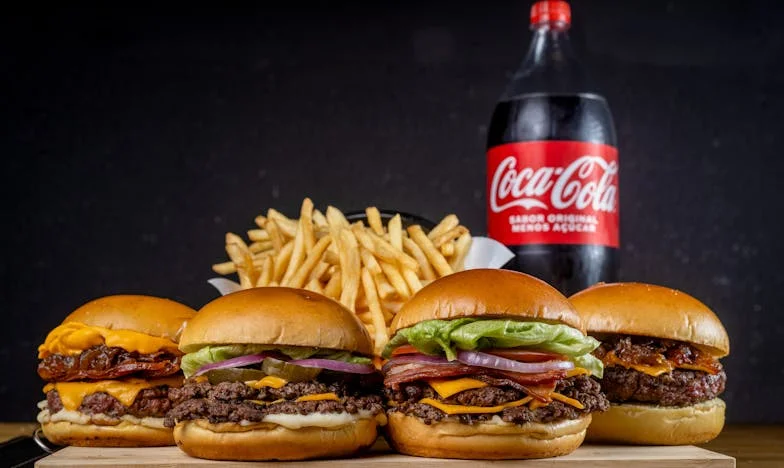The House at the End of Maple Lane
“She’s not from here, that’s for sure.”
The words sliced through the early morning silence as I stood on the weathered porch of the old house at the end of Maple Lane. I tried not to look at the two women across the street, arms folded, lips pursed, eyes narrowed behind thick glasses. The bus had barely stopped when I stepped off with my single suitcase, yet already the whole block seemed to know.
I reminded myself to breathe, to set my jaw and keep walking up the cracked stone steps. My heart pounded—not from fear, but from the possibility of a new start. After everything that happened in Chicago, the accident, the endless therapy, the way my own mother looked at me with a mix of pity and accusation—I had to believe there was a place for me somewhere. Even if it was here, in this forgotten American town where every mailbox bore the same three names and the air smelled of cut grass and suspicion.
I’d barely gotten the key in the lock when a battered Ford pickup rumbled up the drive. The driver, a big-bellied man with a sheriff’s badge, got out, squinting at me with open skepticism. “You Miss Emily Carter?”
“Yes, sir.” My voice trembled, and I hated it.
He nodded, but didn’t smile. “I’m Tom Henderson, town constable. Folks around here are a little uneasy. This house’s been empty since Zofia Miller passed. No one knew she had family.”
“She was my great-aunt. My grandmother’s sister,” I lied. The lawyer told me it was easier this way. Zofia never married, never had children. She died at ninety-six, leaving her crumbling house and a shoebox of yellowed letters to the first Carter who showed up. I’d been desperate enough to take the offer.
Tom studied me for a long moment, then shrugged. “Alright, Miss Carter. You let me know if you need anything.”
When he drove away, I slumped against the door. The house groaned around me—a symphony of creaks, dust, and the faint scent of lavender and mold. I traced my fingers along the faded wallpaper, feeling the weight of expectations, both real and imagined.
The days crawled by. I scrubbed the kitchen, swept out mice, and stacked the old letters into neat piles. Every trip into town felt like a trial. People stared. At the market, a girl my age with a baby on her hip whispered, “I heard she’s hiding from something.”
I wanted to shout, to explain, but what would I say? That the city took everything from me—the job, the boyfriend, the future I’d planned? That I’d been in the passenger seat and survived while someone else didn’t? That I came here not because I belonged, but because I had nowhere else to go?
One afternoon, as thunderheads rolled in and the sky turned the color of bruised plums, I found an envelope tucked behind a loose floorboard. It was addressed to “The One Who Comes After.” Inside was a faded photograph: Zofia as a young woman, standing beside a little boy with my grandmother’s eyes. On the back, in careful script: “For Emily, when you are ready to forgive yourself.”
My breath caught. I turned the photo over and over, searching for answers. How did Zofia know my name? How could she have known I’d end up here, decades after her death?
The next morning, I woke to shouts outside my window. I peered out to find Tom Henderson again, this time arguing with a group of neighbors. “She has every right to be here! Let her be!”
A woman with steel-gray hair shook her head. “That house has always been bad luck. Since Zofia. Since before.”
I stepped outside, heart in my throat. “Is there a problem?”
The woman glared at me. “You’re not one of us. You never will be.”
The words stung, but I bit my tongue. Tom gave me a sympathetic look. “Folks around here can be slow to warm up. Don’t take it personal.”
But it was personal. Every cold shoulder, every sideways glance, every slammed door. The loneliness pressed in until it was hard to breathe.
Yet the house held me together. I found comfort in its quiet, in the routines—making coffee, painting the porch, reading Zofia’s letters by lamplight. Each letter was a puzzle, a fragment of a life lived on the margins. She wrote about being different, about never quite fitting in. “You learn to carry your own story,” she wrote. “Even when no one wants to hear it.”
One evening, as the sun bled gold through the dirty window, I heard a knock. It was the girl from the market, baby asleep on her shoulder. She looked nervous. “I brought you some pie. My grandma used to leave one here every spring for Zofia. Said it was tradition.”
I blinked back tears. “Thank you. Would you… would you like to come in?”
She hesitated, then nodded. We sat at the kitchen table, the baby snuffling in her arms. She told me her name was Rachel, that she’d grown up hearing stories about the ‘witch house’ and the mysterious woman who lived alone. “People are scared of things they don’t understand,” she said quietly. “But we all have our ghosts.”
That night, I lay in bed, the old house settling around me, Rachel’s words echoing in my mind. I thought about Zofia, about the town, about the ways pain and hope knot together in a place like this.
It isn’t easy, being the outsider. But maybe, just maybe, there’s a place for people like me—people with bruised hearts and battered dreams—on the edges of things.
I wonder, does anyone ever truly belong? Or do we just find little corners, soft places to land, and call them home until someone lets us in?
